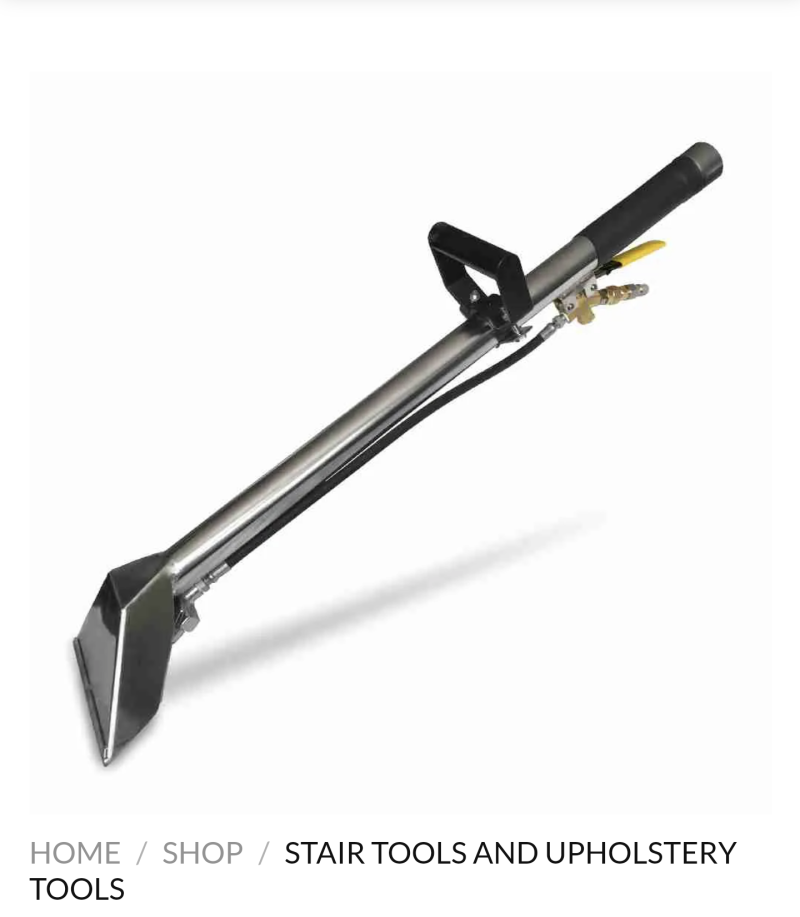SamIam
Member
- Joined
- Aug 9, 2012
- Messages
- 11,495
- Name
- sam miller
Rich people, or custom homes have had nicer steps or banisters, the tred and the face have some different angles, hence a smaller tool for detail.Stairs, a seemingly mundane architectural feature, have undergone significant evolution over the last two decades. From their fundamental role in providing access between different levels to becoming a canvas for innovative design and functionality, stairs have transformed in ways that reflect advancements in technology, changing architectural trends, and a growing emphasis on sustainability and user experience.
Technological Integration:
One of the most noticeable changes in stair design over the past two decades is the integration of technology. With the advent of LED lighting, sensors, and advanced materials, stairs have become more than just a means of vertical circulation. LED lights embedded within staircases not only enhance safety by providing better visibility but also serve aesthetic purposes, adding ambiance and character to spaces. Moreover, sensors and automated systems have enabled the creation of "smart stairs" that adjust lighting, temperature, and even tread height based on user preferences and environmental conditions.
Innovative Materials and Construction Techniques:
Advancements in materials science and construction techniques have revolutionized the way stairs are built and designed. Traditional materials like wood and concrete are still prevalent, but newer materials such as glass, steel, and carbon fiber have gained popularity for their durability, flexibility, and aesthetic appeal. These materials allow for the creation of sleek, minimalist staircases that seem to float effortlessly in space, blurring the lines between functionality and artistry. Additionally, modular construction methods have simplified the installation process, reducing both cost and construction time.
Ergonomics and Accessibility:
The focus on ergonomics and accessibility has also influenced the design of stairs in recent years. Designers are paying more attention to factors such as tread width, riser height, and handrail placement to ensure optimal comfort and safety for users of all ages and abilities. This includes the incorporation of features such as gentle slopes, wider treads, and tactile indicators for visually impaired individuals, making stairs more inclusive and user-friendly.
Sustainability and Environmental Considerations:
In response to growing environmental concerns, there has been a shift towards more sustainable and eco-friendly stair design. This includes the use of recycled materials, energy-efficient lighting systems, and designs that promote natural ventilation and daylighting. Additionally, architects are increasingly incorporating green spaces and vegetation into stairwells, not only enhancing aesthetics but also improving indoor air quality and reducing the building's carbon footprint.
Aesthetic Trends and Architectural Expression:
Stairs have become a focal point of architectural expression, with designers pushing the boundaries of creativity and innovation. From sculptural helical staircases to floating cantilevered designs, staircases are no longer just functional elements but architectural statements in their own right. The use of bold colors, intricate patterns, and unconventional shapes adds personality and character to spaces, transforming mundane staircases into works of art that inspire and captivate.
Conclusion:
In conclusion, the evolution of stairs over the last two decades reflects broader trends in architecture, technology, and sustainability. From the integration of cutting-edge technology to the emphasis on user experience and sustainability, stairs have undergone a remarkable transformation, evolving from simple utilitarian structures to dynamic architectural features that enhance both form and function. As we continue to innovate and push the boundaries of design, it's exciting to imagine what the future holds for this fundamental yet endlessly adaptable architectural element.
But your track housing is 13-15 to the top some with a landing.


